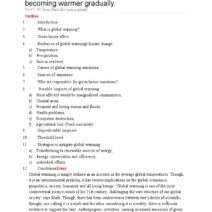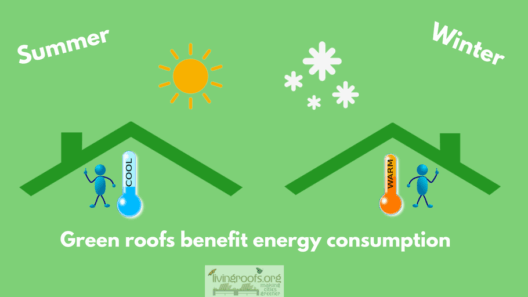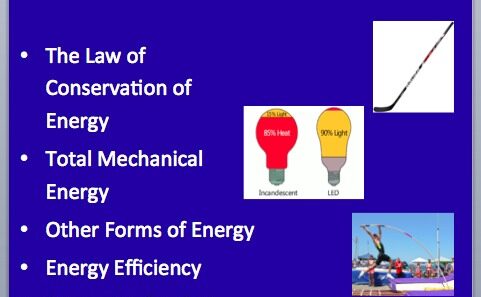In an age where the hustle and bustle of daily life can be overwhelming, conserving body energy is not only beneficial for personal well-being but pivotal for maintaining lasting vitality. The paramountcy of achieving a balanced lifestyle cannot be overstated. A holistic approach that encompasses physical, mental, and emotional facets yields improved wellness and longevity. This article delves into quotidian strategies for energy conservation that nurture everyday vitality, ensuring one thrives amidst modern-day challenges.
Firstly, it is essential to understand the underlying mechanics of energy conservation within the human body. Energy is primarily regulated by metabolism, which is influenced by factors such as nutrition, hydration, sleep, and physical activity. By adopting pragmatic strategies, one can enhance metabolic efficiency, thus conserving energy for essential daily tasks.
Beginning with nutrition, a judiciously curated diet is fundamental to energy optimization. Consuming a spectrum of whole foods—such as fruits, vegetables, lean proteins, and whole grains—fuels the body with vital nutrients. Foods rich in complex carbohydrates, including quinoa and sweet potatoes, stabilize blood sugar levels, preventing energy spikes and subsequent crashes. Additionally, incorporating healthy fats from sources like avocados and nuts can provide a sustained energy reserve. Equally imperative is the avoidance of processed foods laden with refined sugars and trans fats, which are notorious for inducing fatigue.
Hydration plays a crucial role in the quest for energy conservation. Dehydration subtly erodes vitality; hence, sufficient water intake is paramount. Drinking an adequate volume of water facilitates biochemical reactions that generate energy and flush out toxins. A compelling rule of thumb is to consume half one’s body weight in ounces of water daily, tailoring this to individual levels of activity and environmental factors. Infusing water with slices of citrus fruits or cucumber can also render hydration less monotonous, encouraging consistent intake throughout the day.
Equally significant is the impact of sleep on energy levels. The body thrives on restorative sleep cycles, which facilitate repair, rejuvenation, and cognitive function. Establishing a regular sleep schedule, comprising 7 to 9 hours of sound sleep, cultivates an atmosphere of stability. Finalizing daily tasks, disconnecting from electronic devices two hours prior to bedtime, and creating a tranquil sleeping environment are instrumental in achieving restorative rest. Consequently, one awakens rejuvenated, primed to confront the day’s demands with vigor.
Physical activity, while seemingly counterintuitive, is an essential contributor to energy conservation when approached judiciously. Engaging in regular, moderate exercise stimulates the circulatory system, enhancing oxygen flow to muscles and organs. Activities such as brisk walking, cycling, or dancing can enhance endorphin release, which engenders feelings of vitality. However, overexertion can lead to fatigue; therefore, it is prudent to strike a balance between activity levels and rest. Incorporating short bursts of activity throughout the day—like taking the stairs instead of the elevator—can integrate physical movement without necessitating extended time commitments.
Beyond physiological factors, the psychological sphere substantially influences energy dynamics. Mental stress is a debilitating energy drain. Integrating mindfulness practices, such as meditation or yoga, can mitigate stress responses, enhancing mental clarity and emotional equilibrium. Allocating time to activities that spark joy and creativity also combats mental fatigue. Whether it is painting, writing, or engaging in a hobby, these creative outlets replenish emotional reserves, ultimately contributing to an overall sense of vitality.
The concept of time management should not be overlooked when discussing energy conservation. Prioritizing tasks through effective planning can alleviate the stress associated with a daunting to-do list. Rather than succumbing to procrastination, embracing methods such as the Pomodoro Technique cultivates focus and wards off distractions, thereby conserving mental resources. Setting designated intervals for work followed by short breaks can markedly enhance productivity while preventing burnout.
Moreover, fostering social connections serves as an invigorating source of energy. Human beings are inherently social creatures, and interactions with friends and family bolster emotional support and resilience. Engaging in communal activities or volunteering can invigorate one’s spirit, providing fulfillment that replenishes energy reserves. It is vital to surround oneself with positive influences, as relationships fraught with negativity can sap one’s vitality. Building a supportive network encourages the sharing of burdens and celebrates achievements, fostering a sense of belonging.
Lastly, cultivating an environment conducive to energy conservation is pivotal. The physical ambiance one inhabits can greatly affect overall vitality. Decluttering spaces, introducing natural elements, and optimizing lighting can yield significant improvements in mood and energy levels. For example, harnessing natural light by opening curtains can enhance alertness and promote a feeling of connection with the environment. Similarly, incorporating plants not only cleanses the air but creates a serene atmosphere conducive to well-being.
In conclusion, conserving body energy through everyday strategies is an attainable goal that enriches vitality. By embracing sound nutritional choices, maintaining proper hydration, ensuring restorative sleep, engaging in moderate physical activity, managing stress, and cultivating enriching social connections, individuals can optimize their energy levels. Implementing these strategies not only elevates personal well-being but also equips individuals to face life’s challenges with resilience and poise. Ultimately, these approaches weave a tapestry of vitality that underscores the profound interconnectedness between body, mind, and environment.








